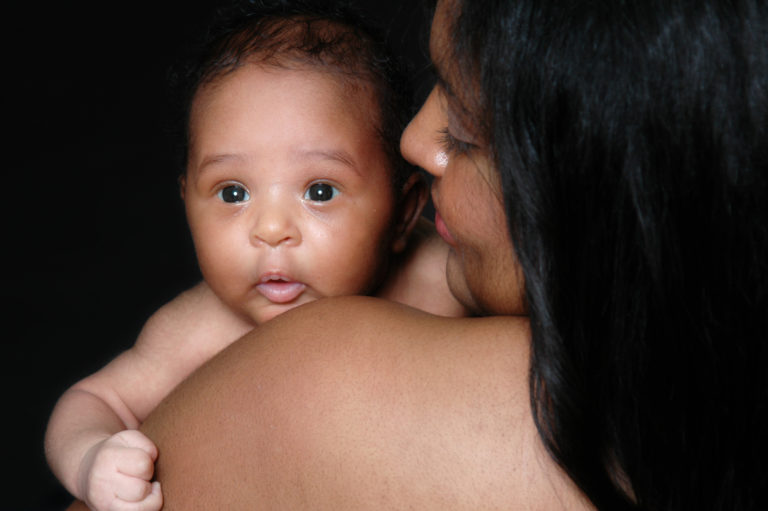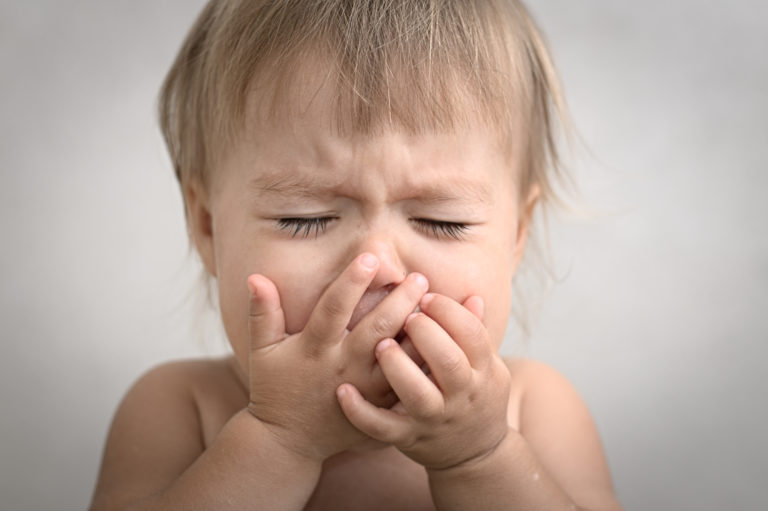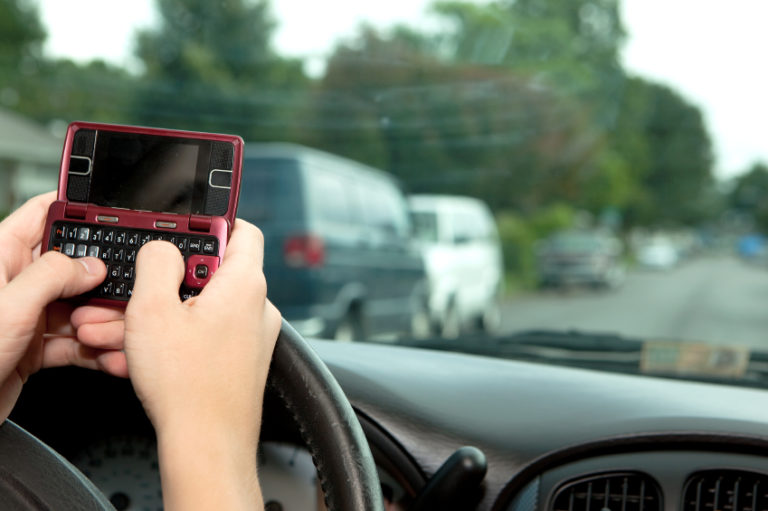
Megan Muscia, D.O.
Every day I spend a good portion of my day examining babies head shapes and sizes. In recent years, as pediatricians, we have seen an increase in flattened heads. The biggest reason there is an increase in head flattening is due to the recommendation for babies to sleep on their backs. Most of the time the issue is relatively minor, but plagiocephaly (flat heads) can cause some cosmetic issues and be signs of developmental delays, so it is something I pay close attention to.
This head flattening from laying on the back is called positional plagiocephaly. Early in life the skull is very malleable and susceptible to pressures applied to it. Because of this, we see plagiocephaly during the first few months of life when babies spend a lot of time on their backs and that pressure causes a flattening of the infant’s head. There can be a symmetric flattening across the entire skull. Sometimes we may also see it just on one side of the skull, especially when an infant has a preference to look one direction more than another which can be due to a muscle imbalance in the neck called Torticollis. If you think you are noticing a flattening or abnormal shape of your child’s head, it is important to discuss it with your pediatrician. They can decide if they think it is related to positioning of your child’s head, or if it could be related to another process causing abnormal shapes or growth of your child’s head.
How can you prevent this flattening from happening or getting worse? The most important thing you can do is alternate your child’s head position. If you start doing these things early on you will likely be able to prevent the positional flattening that can occur over time.
- Tummy time – lots of it; early on chest to chest time counts, as your baby gets older tummy time is very important. It gives the skull a break from the pressures put on the back of the head while lying flat.
- Alternate the arms you hold your baby in during feedings. Breastfeeding naturally does this because the baby feeds from both breasts and you have to alternate arms to feed the baby. When bottle feeding a baby, it is easy to use your dominant arm to hold the baby every feeding. Be sure to alternate arms when feeding.
- Alternate the end of the crib/bassinet you place your baby’s head. Each time you lay your baby down to sleep (on their back) alternate which end of the bed you put your baby’s head.
- Hold your baby more – limit time spent in car seats, swings, strollers where your baby’s head is laying on a flat surface. If you are going to be out running errands for several hours, be sure to take your baby out of the car seat to give the head a break from lying flat all day.
While these techniques may not prevent all types of plagiocephaly, it will help diminish the severity. Sometimes infants do need treatments such as physical therapy and occasionally helmets can be used to treat plagiocephaly as well. If you have any concerns about the shape of your baby’s head, please discuss it with your pediatrician at your baby’s next checkup.







